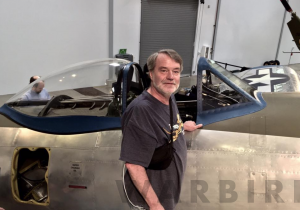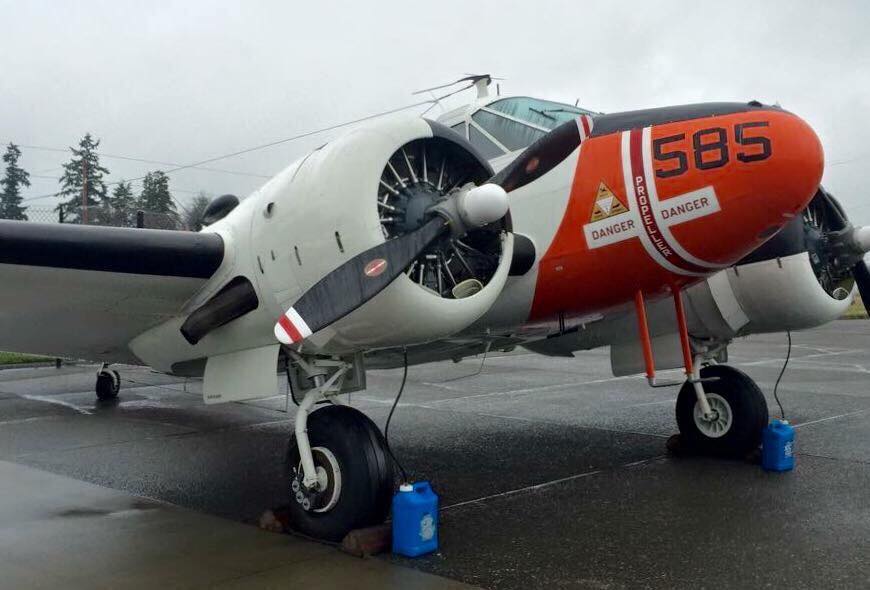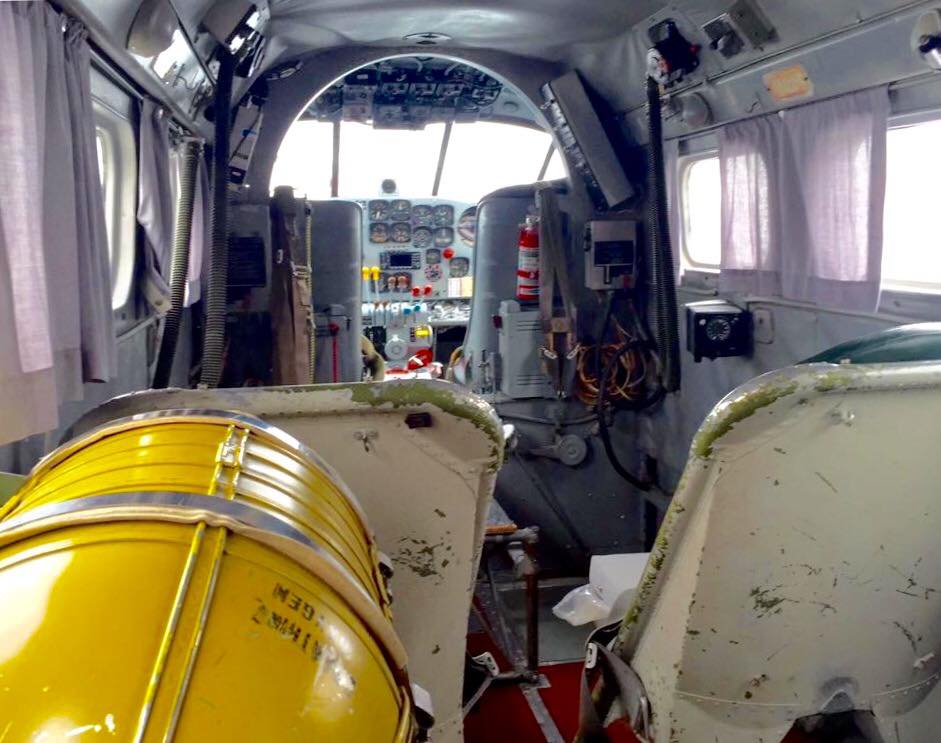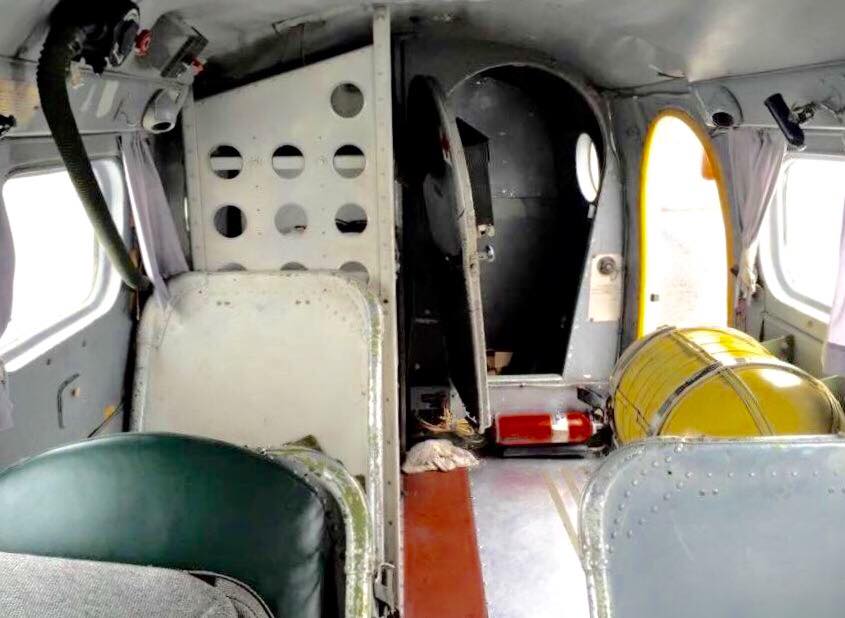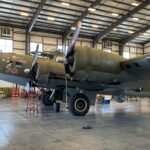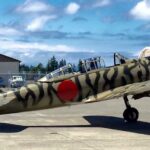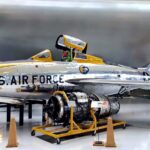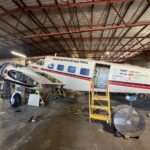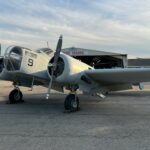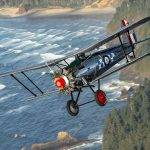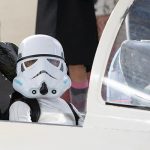By Randy Malmstrom
Since his childhood, Randy Malmstrom has had a passion for aviation history and historic military aircraft in particular. He has a particular penchant for documenting specific airframes with a highly detailed series of walk-around images and an in-depth exploration of their history, which have proved to be popular with many of those who have seen them, and we thought our readers would be equally fascinated too. This installment of Randy’s Warbird Profiles takes a look at the Beechcraft RC-45J (SNB-5P) Navigator #585, BuNo. 29585, N585PB.

Over the course of its service life and many variants it has been known by designations including Navigator, Expeditor and Kansan. Nicknamed by some as the “Bouncing Bitch” or “Bugsmasher” and in Brazil as “Mata Sete” (“Kill Seven”: over time, Brazil received AT-7, AT-11, UC-45 variants, and also over time, accidents increased, resulting in the deaths of all seven crew members).
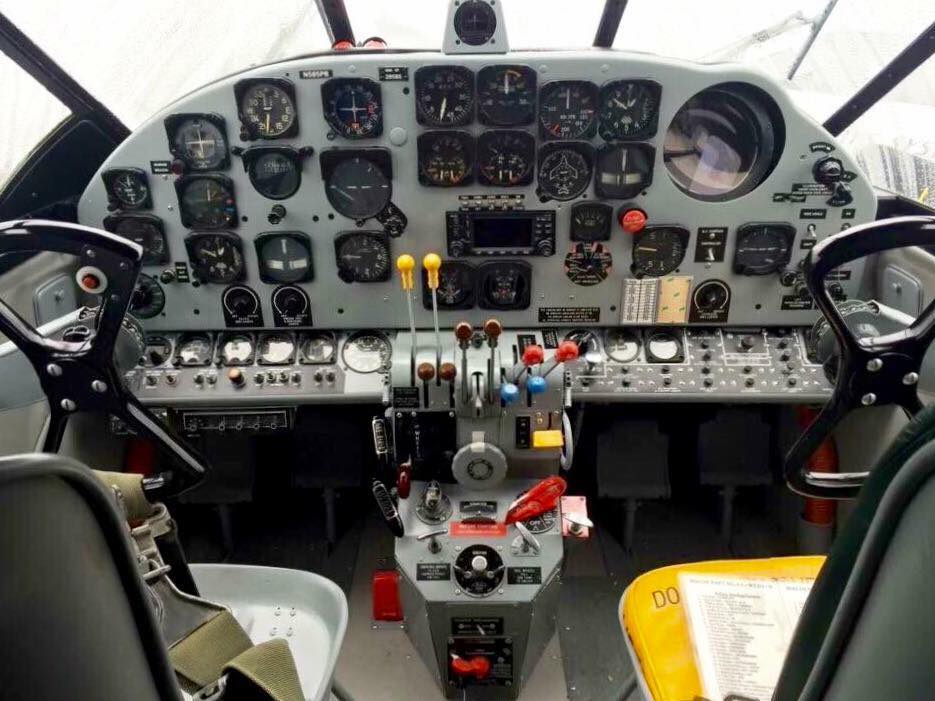
This is the U.S. Navy version of the civilian Beechcraft Model 18 or Twin Beach which was introduced in the late 1930’s by Beechcraft Aircraft Corporation. As World War II broke out, many military versions and configurations were introduced and over 9,000 in all were built. Beechcraft’s Wichita, KS plant built these SNB models (in 1962, the U.S. Navy SNB-5P variants were redesignated RC-45J). The many military variants have seen service with the U.S. Army Air Forces, U.S. Marine Corps, U.S. Navy, U.S. Air Force, and many overseas militaries.
Powered by twin Pratt & Whitney R-985-AN Wasp Junior radial engines. The large round display on the right side of the instrument panel is for the A-19 viewfinder — an optical periscope for seeing what the camera was going to photograph. The A-19 had two modes: forward- or straight-down view, and had a built-in drift meter to adjust the cameras on the photo run. The radio altimeter antenna is visible on the underside of the fuselage.
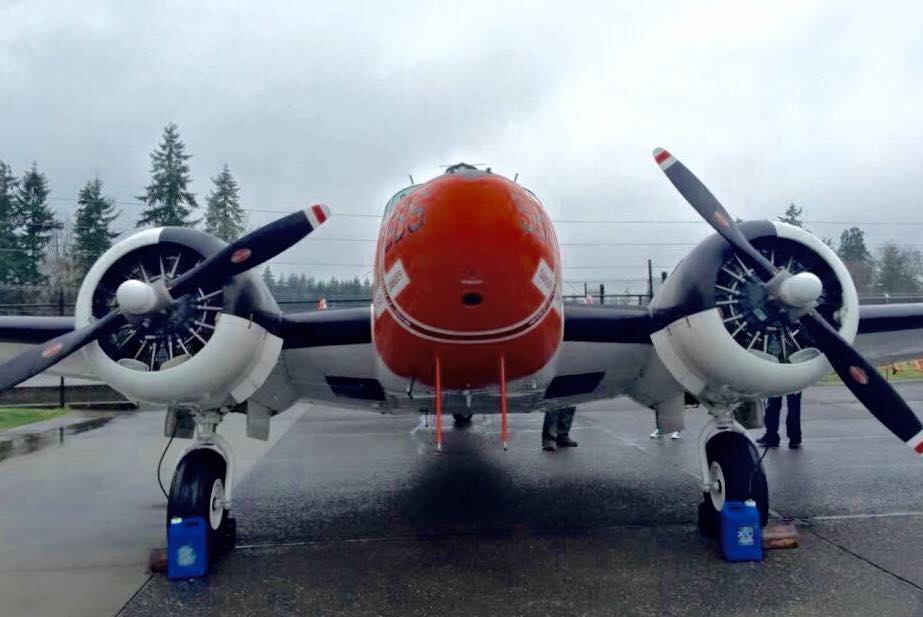
Aside from the pilot and co-pilot, there were two seats in the passenger compartment aft of the camera and viewfinder windows in the fuselage floor for the two-man camera crew (these had removable hatches that could be opened and closed in flight (see photos); a third seat was for the instructor. One type camera was the Fairchild F-56 Aerial Camera that had a 6-in. lens.
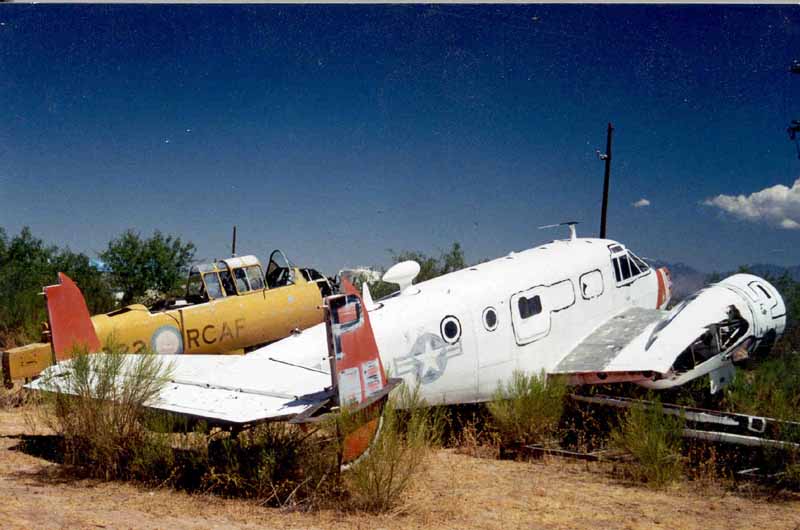
This particular aircraft was built as a navigation trainer during World War II. It was overhauled and reconfigured as a photo-reconnaissance trainer during the 1950s and served at NATTU Pensacola, FL (Naval Air Technical Training Unit) until its retirement in 1972. After being in storage in the Arizona Desert for 24 years, Taigh Ramey of Vintage Aircraft in Stockton, CA restored it and made it airworthy. Its FAA number is listed as reserved, the last listed owner was John Sessions’ Historic Flight Foundation that was in Spokane, WA but is closed due to non-airplane legal battles.
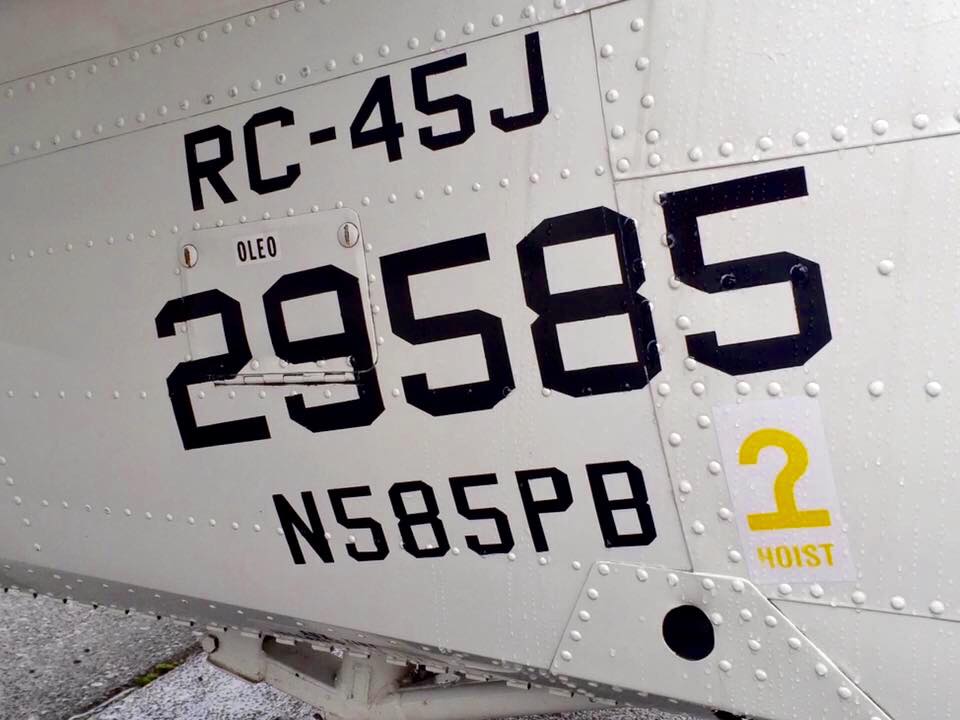
About the author
